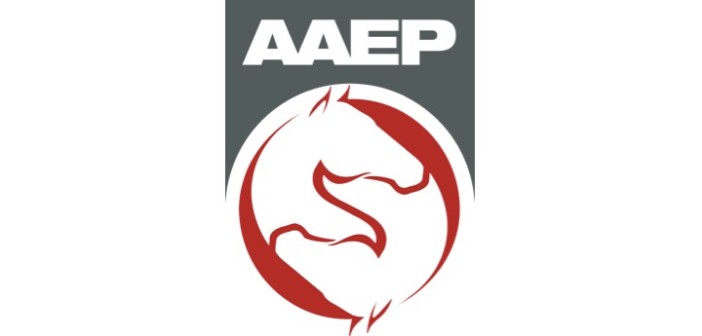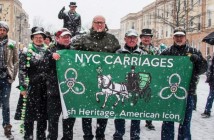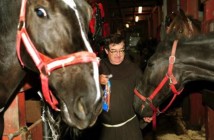The mission of the American Association of Equine Practitioners (AAEP) is to improve the health and welfare of the horse, to further the professional development of its members, and to provide resources and leadership for the benefit of the equine industry. These principles have guided the AAEP for more than 50 years in the activities and services it provides.
Position Statement on the Use of Horses in Urban Environments (2014)
The AAEP supports the humane and ethical use of horses in urban environments, such as mounted patrols, tourist carriages and taxi/limousine services, in accordance with federal, state and local animal protection laws. Horses engaged in these activities require that special working and living conditions and precautions be taken for their safety and well-being. Urban environments present potential health and welfare hazards that may preclude their use, such as extremes of pollution, concussion, climate and load.
Provisions concerning work hours, workloads and living conditions, standards of driver training and passenger safety should be prepared for each jurisdiction and reviewed by an equine veterinarian. To ensure the health and welfare of horses in urban environments, they should be examined at least annually by competent equine veterinarians for body condition, freedom from lameness and disease, and appropriateness of living conditions and transport, with all findings recorded. Appropriate licensing standards should be established and adhered to by local authorities.
The equine veterinarian is the most qualified individual to manage the health care needs of the horse. The owners and caregivers of horses working in urban settings should have a professional relationship with a veterinary practice with equine expertise that can respond appropriately to all emergencies, including those in which humane euthanasia is required. In the absence of a veterinarian in such a situation, the AAEP acknowledges that it may be necessary for licensed, qualified animal control or trained law enforcement personnel to perform euthanasia using the established guidelines of the American Veterinary Medical Association. (Source)





1 Comment
Pingback: Thank You